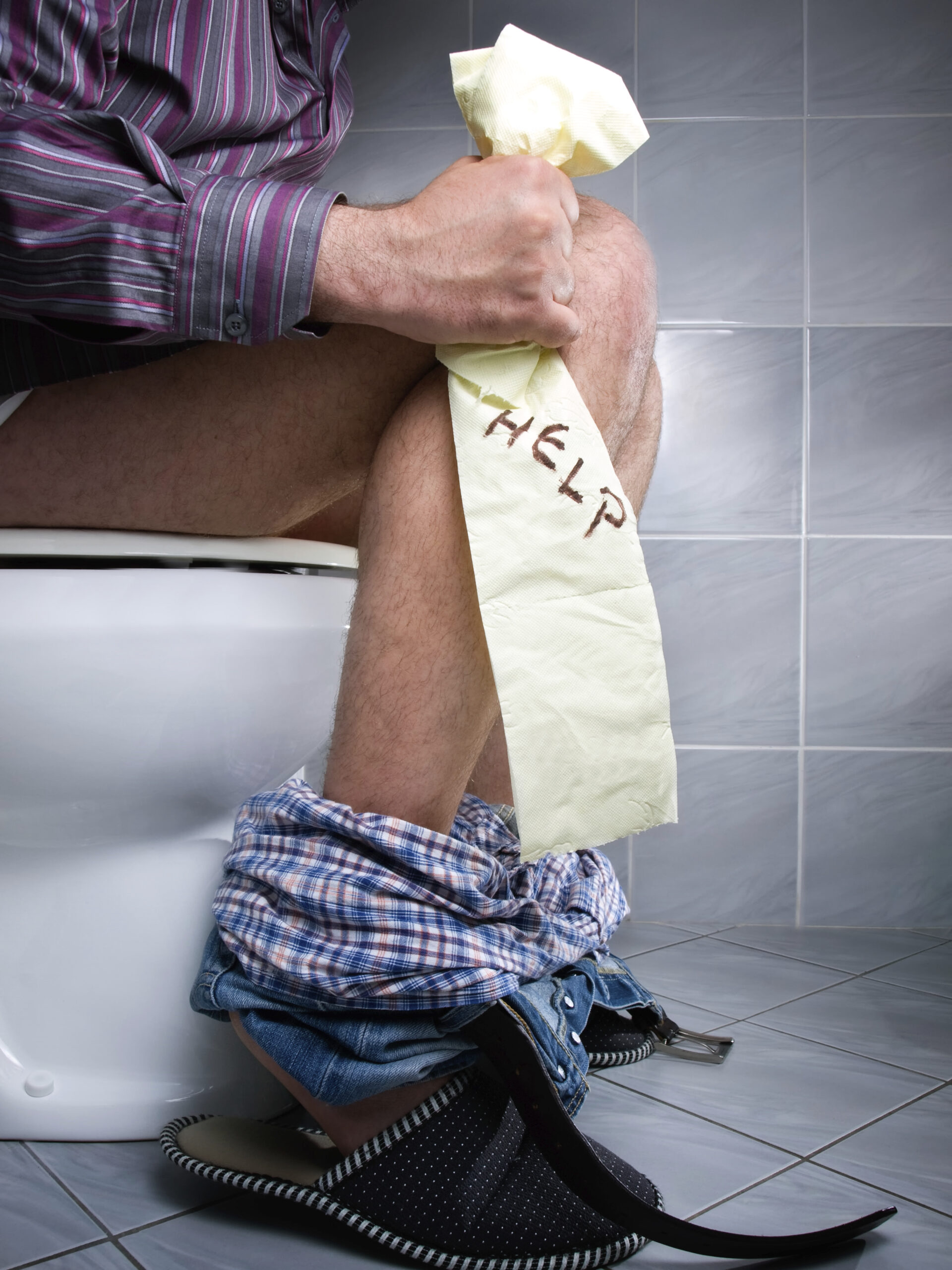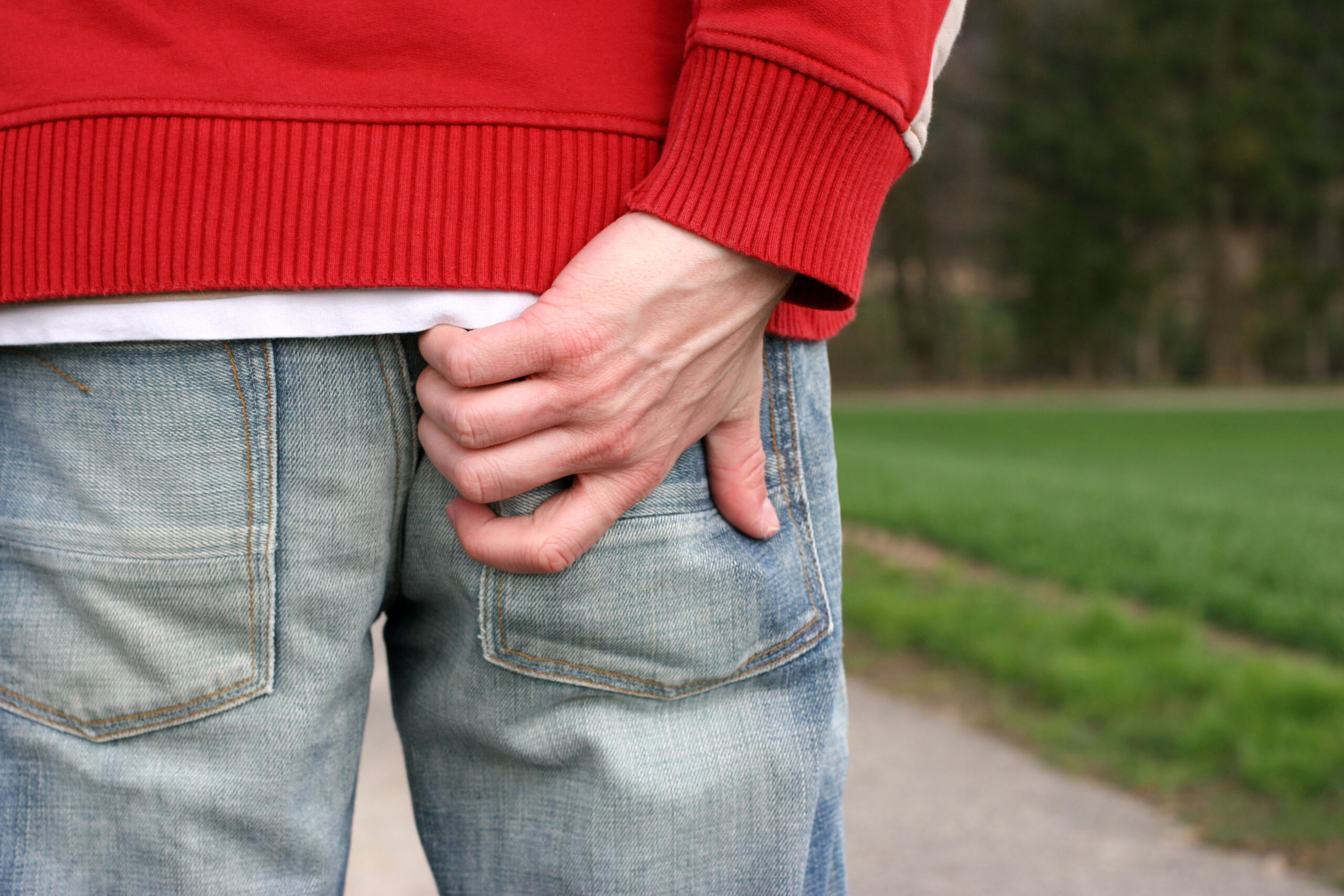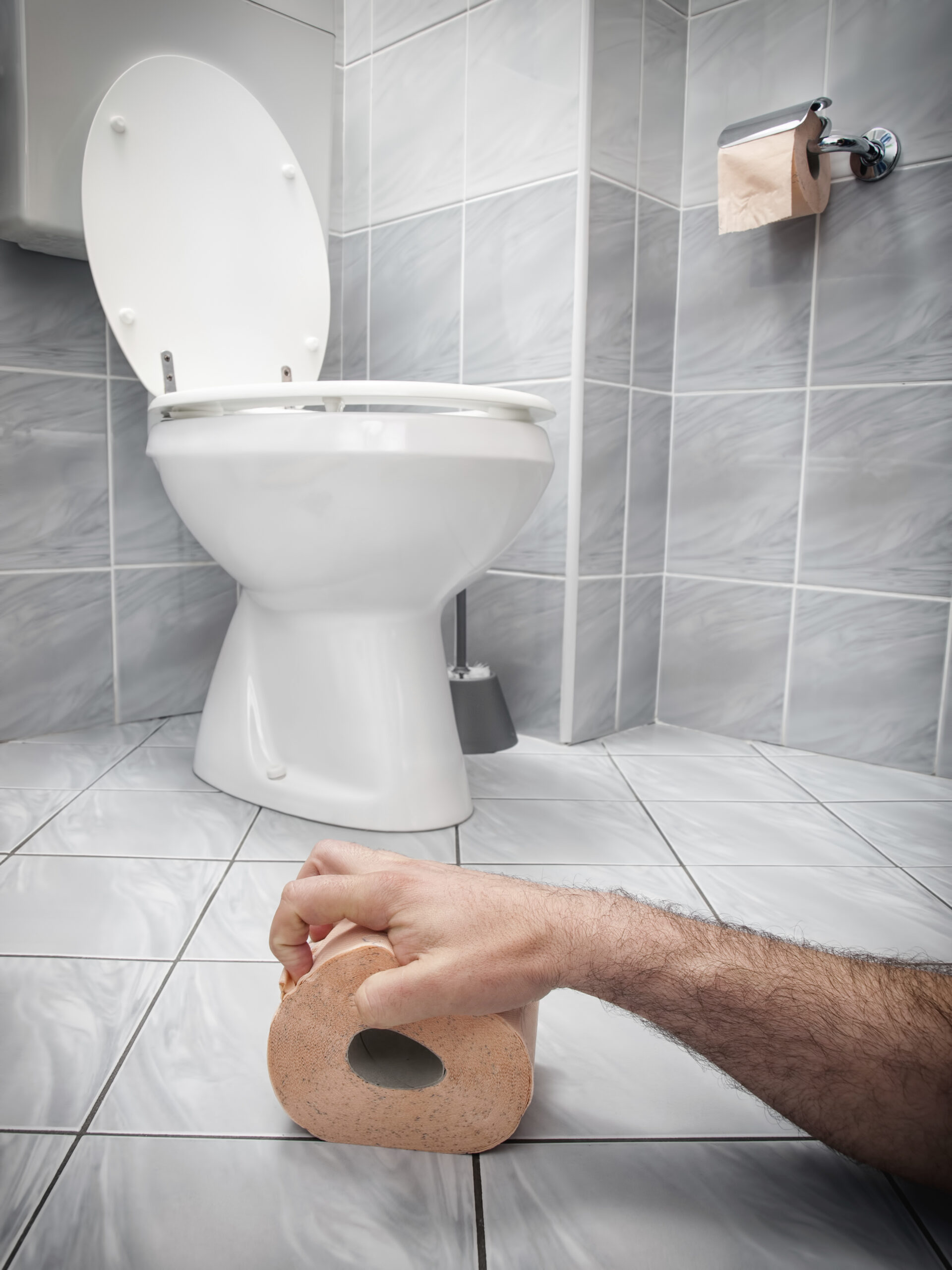External Hemorrhoid Thrombosis
What is an External Thrombosis?
A painful firm blue lump located under the skin around the anus is due to a blood clot in an external hemorrhoid. Many patients with external clots refer to them as flare-ups of their hemorrhoids.
There may be previous clots and other hemorrhoid symptoms of pain, bleeding, swelling, or itching. The clot varies in size. It may occupy one section or almost an entire side. The thrombosis may swell and aggravate hemorrhoid prolapse leading to severe pain.
What Causes an External Hemorrhoid Thrombosis?
Risk factors include constipation, diarrhea, straining, prolonged sitting or standing, pregnancy, lifting or exercise, air travel, anal skin tags, and previous blood clots.
Increased pressure generated in the pelvis can lead to a slowing of blood flow in the skin around the anus and a subsequent blood clot. The clot leads to swelling and pain. The pain and swelling are usually worse the first two days.
Diagnosis
The thrombosis appears as a hard blue bump on the outside of the anus. It is frequently very tender. A portion of the overlying skin may die and lead to the drainage of old blood. Pain may limit the initial exam. Our custom compounds are used to help ease the pain of the exam. At some point a proper rectal exam and anoscopy must be done to exclude other conditions and evaluate the presence of enlarged internal hemorrhoids.
Treatment of External Hemorrhoid Thrombosis
Smaller minimally painful clots will usually resolve with rest, OTC pain meds, soaking in warm water, stool softeners, increased fluids, and topical analgesics such as lidocaine or prilocaine. The clot will be dissolved by the body’s natural defenses over a couple of weeks. It may leave behind a small skin tag. Larger clots may rupture and bleed. The amount of bleeding varies.
The use of our compounds containing Nitroglycerin, Diltiazem or other smooth muscle relaxers will decrease the spasm, pain, and speed recovery. The bleeding worries most patients but the spontaneous drainage may help decrease the pain. High quality custom compound ointments from our physicians.
Larger clots may occasionally require surgical drainage. This can usually be done in the office under local anesthesia. An electro surgical device is used to decrease bleeding. Using an elliptical excision will help decrease the risk of skin tag. Excision does carry the risk of re-bleeding and clotting and is recommended in a minority of cases.
Follow up examination is done to inspect the wound and to asses internal hemorrhoids. Rubber band ligation of enlarged internal hemorrhoids is indicated. No treatment can totally eliminate the risk of recurrent blood clots. It is also helpful to avoid strenuous core body exercising, increase fiber and water, and reduce the amount of time spent on the toilet to two minutes or less. Larger skin tags will be removed in the office.
At HCA we only use disposable ligation systems. Dr. Goldman introduced disposable banding to the Southeastern United States in 2006. Dr. Alan Goldman is the Medical Director of Hemorrhoid Centers of America. At HCA we have helped thousands of patients avoid surgery and get the relief they deserve. We will start you on our special hemorrhoid compounds as needed for immediate relief and help you get rid of your hemorrhoids with our ligation system.

About 1 in 20 Americans have hemorrhoids. You are not alone.










